history syllabus for upsc mains – The syllabus for the history paper in the UPSC (Union Public Service Commission) mains examination is quite comprehensive and covers various aspects of world and Indian history.
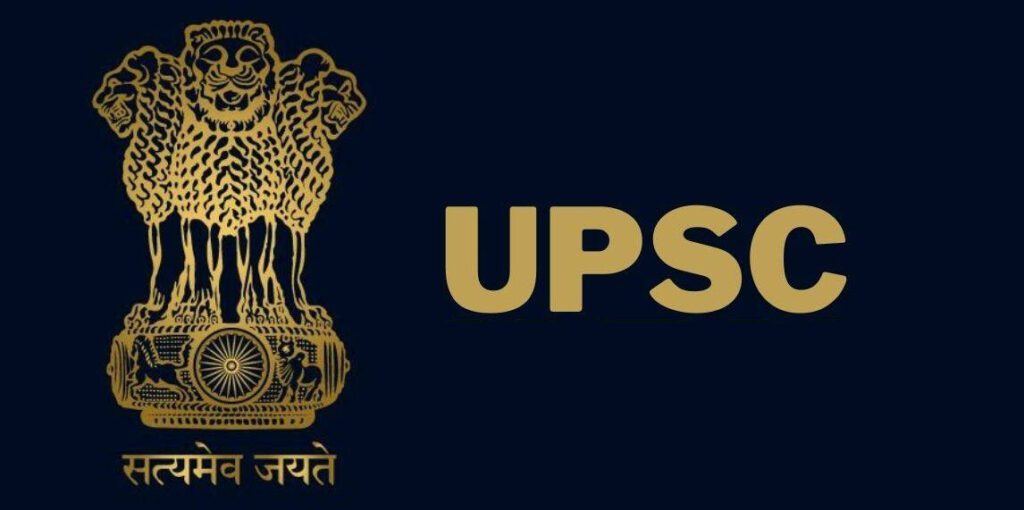
The topics are designed to test the candidate’s knowledge and understanding of historical events, concepts, and their significance. Below is the general syllabus for the history paper in UPSC mains:
- Modern Indian History:
- Ancient Indian History:
- Medieval Indian History:
- World History:
- Art and Culture:
Modern Indian history syllabus for upsc mains
Modern Indian History is an essential topic in the UPSC mains examination. It covers the period from the advent of Europeans to the establishment of British rule in India, the Indian National Movement, and post-independence developments. Here are some key sub-topics that you should focus on:
European Arrival and British Rule:
- European trading companies in India: Portuguese, Dutch, French, and British.
- The Battle of Plassey (1757) and the establishment of British political control.
- British expansion in India: Anglo-Mysore Wars, Anglo-Maratha Wars, and Anglo-Sikh Wars.
- Administrative policies of the British: Permanent Settlement, Ryotwari System, and Mahalwari System.
- Socio-religious reform movements during the British rule: Raja Ram Mohan Roy, Swami Vivekananda, etc.
Socio-cultural and Intellectual Awakening:
- a. Social and religious reform movements: Brahmo Samaj, Arya Samaj, Aligarh Movement, etc.
- b. Rise of nationalism: Indian National Congress (INC), Moderates, and Extremists.
- c. Partition of Bengal and the Swadeshi Movement.
- d. Role of newspapers, journals, and intellectuals in spreading awareness and nationalist ideas.
Indian National Movement:
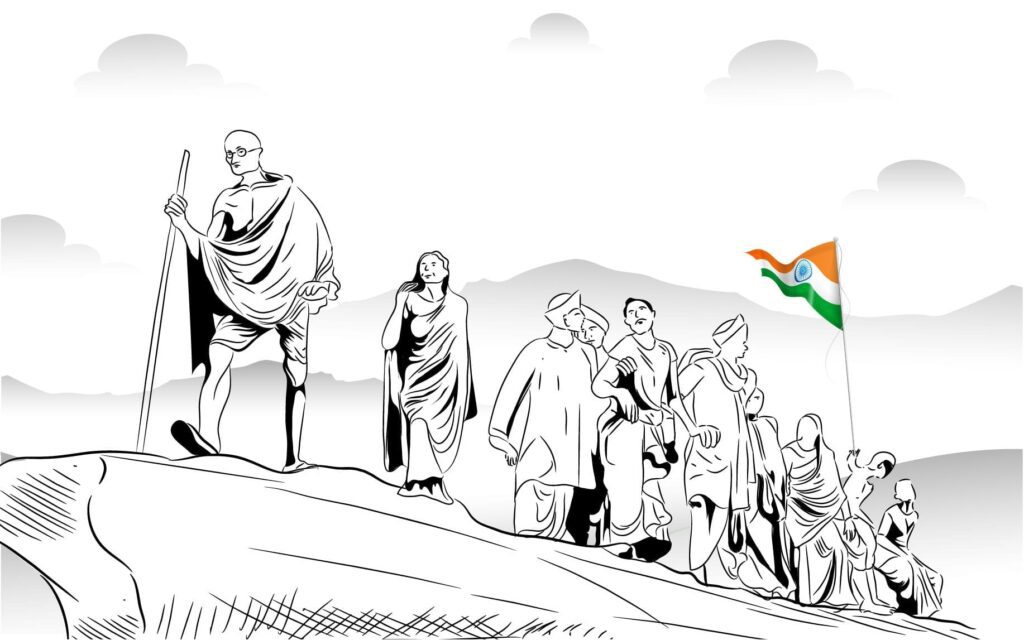
- a. The early phase of the National Movement: Formation of Indian National Congress (1885), Theosophical Society, etc.
- b. Moderate and Extremist approaches: Role of Dadabhai Naoroji, Gopal Krishna Gokhale, Bal Gangadhar Tilak, Bipin Chandra Pal, etc.
- c. Revolutionary movements: Bengal revolutionaries, Anushilan Samiti, and Jugantar movement.
- d. Gandhian era: Non-Cooperation Movement, Civil Disobedience Movement, Quit India Movement.
- e. Role of women in the freedom struggle: Sarojini Naidu, Annie Besant, Aruna Asaf Ali, etc.
Partition of India and Independence:
- Factors leading to the partition of India.
- The role of Indian leaders in negotiating with the British and demanding independence.
- Mountbatten Plan, Indian Independence Act 1947, and the creation of India and Pakistan.
- Impact of partition: Communal riots, migration, and displacement.
Post-Independence India:
- Integration of princely states and reorganization of states.
- The Constitution of India and its salient features.
- Nehruvian era: Economic policies, Non-Aligned Movement, Five-Year Plans.
- India-China War (1962) and India-Pakistan Wars (1965, 1971).
- Economic liberalization and reforms in the 1990s.
In addition to these topics, it is crucial to understand the significance of historical events, analyze different perspectives, and evaluate the impact of these events on India’s socio-political and economic landscape.
Ancient Indian history syllabus for upsc mains
Ancient Indian History is an important topic in the UPSC mains examination. It covers the period from prehistoric times to the medieval period in Indian history. Here is a broad outline of the syllabus for Ancient Indian History:
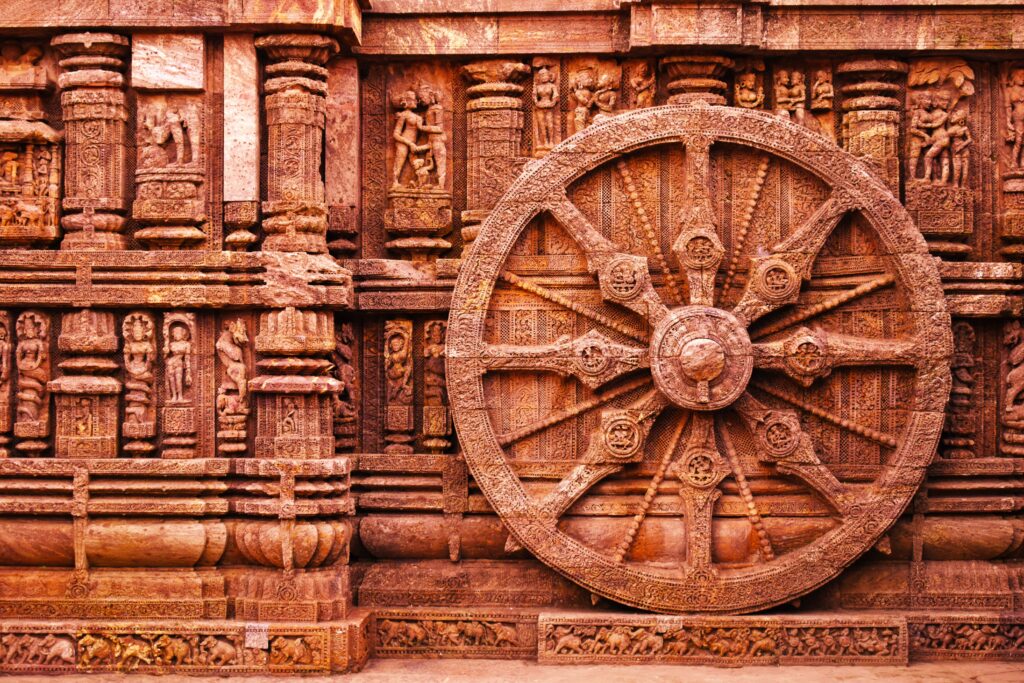
Prehistoric India:
- Stone Age cultures: Paleolithic, Mesolithic, and Neolithic.
- Indus Valley Civilization: Origin, extent, society, economy, and decline.
- Vedic Period: Rigvedic and Later Vedic phases.
Mauryan Empire:
- Chandragupta Maurya: Rise to power, administration, and achievements.
- Ashoka: Policy of Dhamma, Kalinga War, and rock edicts.
- Post-Mauryan Kingdoms: Sungas, Kushanas, and Satavahanas.
Gupta Empire:
- Chandragupta I and Samudragupta: Expansion and achievements.
- Gupta society, economy, and administration.
- Cultural and intellectual developments during the Gupta period: Literature, art, and science.
Post-Gupta Period:
- Harsha Vardhana: Administration, religious policies, and cultural patronage.
- Regional Kingdoms: Chalukyas of Badami, Pallavas, Cholas, and Pandyas.
- Rajputs and their dynasties.
Religious Movements and Cultural Developments:
- Rise of Jainism and Buddhism: Teachings, sects, and patronage.
- Bhakti and Sufi Movements: Teachings, saints, and impact on society.
- Art and Architecture: Buddhist and Hindu rock-cut caves, Stupas, temples, and sculptures.
- Literature and Language: Sanskrit, Pali, Prakrit, and Tamil literature.
Trade and Contacts:
- Trade routes: Silk Road, Indian Ocean Trade, and ancient ports.
- Contacts with the Roman Empire, Southeast Asia, and Central Asia.
- Numismatics and archaeological evidence of trade and cultural exchanges.
It is important to note that this is a general outline of the syllabus, and specific details and sub-topics may be added or modified. It is advisable to refer to the official UPSC notification and recommended textbooks for a comprehensive and updated understanding of Ancient Indian History for the UPSC mains examination.
Medieval indian history syllabus for upsc mains
Medieval Indian History is an important topic in the UPSC mains examination. It covers the period from the 8th century to the 18th century, including the Delhi Sultanate, the Mughal Empire, and the regional kingdoms. Here is a broad outline of the syllabus for Medieval Indian History:
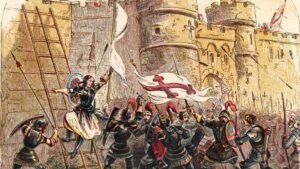
Early Medieval Period:
- a. Arab Invasions and the establishment of Muslim rule in Sindh.
- b. The Rajput Kingdoms: Chauhans, Paramaras, Chalukyas, and Cholas.
- c. Bhakti and Sufi Movements: Teachings, saints, and impact on society.
- d. Development of regional languages and literature: Kannada, Telugu, Tamil, and others.
Delhi Sultanate:
- a. The Ghurid Invasions and the establishment of the Delhi Sultanate.
- b. Slave Dynasty: Qutub-ud-din Aibak, Iltutmish, and Balban.
- c. Khalji Dynasty: Alauddin Khalji and his administrative reforms.
- d. Tughlaq Dynasty: Muhammad bin Tughlaq and Firuz Shah Tughlaq.
- e. Sayyid and Lodi Dynasties: End of the Delhi Sultanate.
Vijayanagara Empire:
- a. Founding of the Vijayanagara Empire and its early rulers.
- b. Krishnadevaraya and the height of Vijayanagara’s power.
- c. Administration, society, and economy of the Vijayanagara Empire.
- d. Art and architecture: Hampi and other Vijayanagara sites.
Mughal Empire:
- a. Babur and the establishment of the Mughal Empire in India.
- b. Akbar’s reign: Administrative policies, religious tolerance, and cultural developments.
- c. Jahangir, Shah Jahan, and Aurangzeb: Policies, achievements, and challenges.
- d. Mughal art and architecture: Taj Mahal, Red Fort, and Mughal painting.
Regional Kingdoms:
- a. The Bahmani Sultanate and Deccan Sultanates.
- b. Marathas and their rise under Shivaji.
- c. Rajputs and their resistance against Mughal rule.
- d. Ahom Kingdom and its conflicts with Mughals.
Sufism and Bhakti Movements:
- a. Prominent Sufi saints and their teachings.
- b. Bhakti saints and their contributions to Indian culture and society.
It is important to note that this is a general outline of the syllabus, and specific details and sub-topics may be added or modified. It is advisable to refer to the official UPSC notification and recommended textbooks for a comprehensive and updated understanding of Medieval Indian History for the UPSC mains examination.
Art and Culture syllabus for upsc mains
Art and Culture is an important topic in the UPSC mains examination. It covers various forms of art, architecture, literature, music, dance, and cultural traditions in India. Here is a broad outline of the syllabus for Art and Culture:
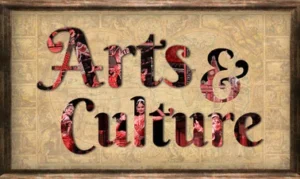
Indian Art and Architecture:
- Indus Valley Civilization: Art, pottery, and seals.
- Buddhist Art and Architecture: Stupas, pillars, and rock-cut caves.
- Hindu Temple Architecture: Nagara, Dravid, and Besar styles.
- Islamic Architecture: Indo-Islamic architecture, mosques, and tombs.
- Mughal Architecture: Taj Mahal, Red Fort, and other structures.
- Indo-Islamic Art: Miniature painting, calligraphy, and decorative arts.
- Rajput and Pahari School of Paintings.
- Modern Indian Art: Bengal School, Company School, and contemporary artists.
Classical Dance Forms:
- Bharatanatyam.
- Kathak.
- Odissi.
- Manipuri.
- Kathakali.
- Mohiniyattam.
- Sattriya.
- Other regional dance forms.
Classical Music:
- Hindustani Classical Music.
- Carnatic Classical Music.
- Musical instruments in Indian classical music.
Indian Literature:
- Ancient Indian Literature: Vedas, Upanishads, Epics (Ramayana and Mahabharata), and Sanskrit literature.
- Medieval Literature: Bhakti and Sufi poetry, Tamil literature, and regional literature.
- Modern Indian Literature: Literary movements, works of renowned authors, and contributions to Indian literature.
Cultural Traditions and Festivals:
- Folk and Tribal Art and Crafts.
- Traditional Handicrafts and Weaving.
- Festivals of India: Religious and cultural significance.
Preservation and Promotion of Cultural Heritage:
- Archaeological Survey of India (ASI) and its role.
- Museums and cultural institutions.
- UNESCO World Heritage Sites in India.
- Government initiatives for the preservation and promotion of cultural heritage.
It is important to note that this is a general outline of the syllabus, and specific details and sub-topics may be added or modified. It is advisable to refer to the official UPSC notification and recommended textbooks for a comprehensive and updated understanding of Art and Culture for the UPSC mains examination.

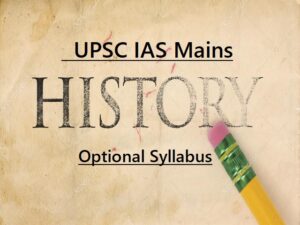
1 thought on “history syllabus full information for upsc mains”